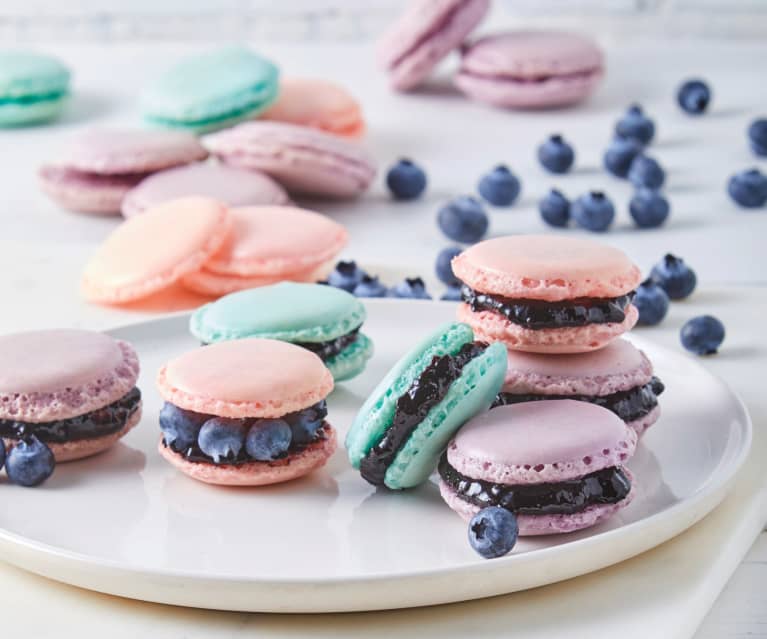Delicious Macaron
Colourful, pillowy and delicate, macarons are one of the most treasured
desserts in France. These meringue-based sweets may now be a near art
form!
Ever wondered how the macaron came to be?
Read on to find out.
Going back in history
Though there has been much debate surrounding the origin of the macaron, most have agreed that Catherine de Medici’s Italian pastry chef first debuted the pastry in the 1500s. The macaron was originally a single biscuit, but Frenchman Pierre Desfontaines perfected the recipe by sandwiching two biscuits or shells held together by a filling. After all, two is always better than one, right?
What should a perfect macaron look like?
The shells should be perfectly round and have a ruffled edge around the perimeter. This edge is termed the “feet” of a macaron and should barely protrude. The top of the shells should be smooth, flat and slightly shiny. There shouldn’t be any air pockets in the interior of the shells. When you take a bite, the shell should be slightly crisp and shatter in your mouth, while the center should be chewy and soft. The contrast of the two textures makes for the perfect bite.
How to make French macarons?
This easy French macaron recipe is perfect for beginners. In this post, you’ll find all tips and tricks for perfectly full shells with pretty little feet and smooth tops, as well as detailed video tutorial to walk you through the entire process!
Ingridients 🥄
- Egg whites
- Almond flour
- Powdered sugar
- Granulated sugar
- Cream of Tartar
Cooking steps 🥣
- Sift dry ingredients
- Make the meringue
- Macaronage
- Pipe the shells
- Rest and bake
- Fill the macarons
